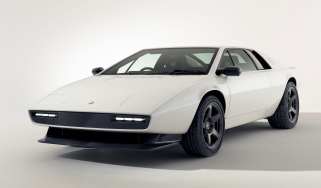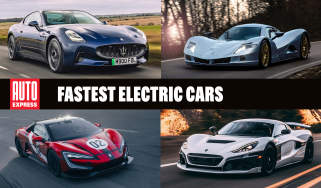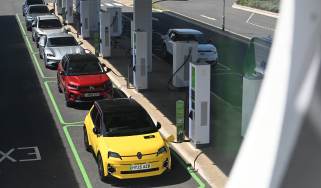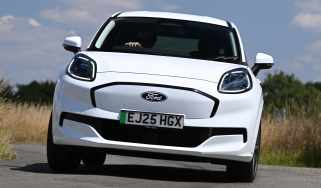What is Lotus? Complete brand, model and tech guide for UK car buyers
This year has been disastrous for Lotus. Will 2026 start on a positive note?
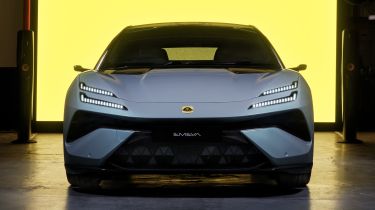
Although not a new name, Lotus’s brand is rising from the ashes to a new beginning under Chinese giant Geely. And next spring, the struggling car brand is expected to unveil the first of its ‘hyper hybrids’, sidelining its dream of a transformation off the back of EV sales.
The Eletre SUV, the first of Lotus’ electric ‘lifestyle’ range, will be the recipient. It will live up to its ‘hyper’ billing: total system output can reach 1,395bhp, enough power for a genuine hypercar, let alone an SUV. The flagship electric Eletre – with an excess of 900bhp – can hit 0-62mph in 2.95 seconds. This hybrid should be barely any slower.
The powertrain, already public in Zeekr’s 9X, throws the technological kitchen sink at these luxury SUVs. There’s room for a 70kWh battery, bigger than lots of pure EVs’. A 900-volt architecture helps it fast charge from 10 to 80 per cent in less than 11 minutes.
But the car should feel like a brutally fast EV to drive, due to its range-extender operation. The 2.0-litre turbo engine strictly powers the energy cell, which in turn spins two punchy electric motors on the rear axle and one on the front. The 9X ekes 746 miles from a fully charged battery and its 50-litre fuel tank: the Eletre has a similar stature, so that should be a good indication of range.
The hyper hybrid can’t come to market soon enough. Lotus deliveries dropped by 43 per cent to just 2,813 cars in the first six months of this year. US sales are off limits for the Chinese-built Eletre and Emeya sports saloon, and EU imports face a 30 per cent tariff. No wonder China has accounted for the bulk of EV deliveries, but the Wuhan factory’s capacity is about 2,500 times current demand.
Plus Hethel, Lotus’s plant in Norfolk, has veered from one crisis to another. Deliveries of the Emira sports car plunged by 64 per cent between January and June, hurt by tariff uncertainty stalling US deliveries for four months.
Lotus Technology boss Feng Qingfeng asked for a review into options to stop Hethel’s losses, including shuttering it: the plan leaked and owners Geely were forced to backtrack. And a further round of 550 redundancies rocked the site in late August. The hope is that other car brands could boost productivity with low-volume contract manufacturing. Geely’s 2017 takeover was meant to transform Lotus, but losses today are far greater, despite a $3bn (£2.23bn) investment.
| UK models: | Eletre and Emeya EVs, Emira coupé, Evija hypercar |
| Our pick: | They’re all great |
| How big in China? | Tiny: the Chinese shift to homegrown brands has come at the wrong time |
| 2024 global exports: | Around 9,000 |
| 2025 UK registrations: | 1,098 |
| Retailer network and warranty: | 16 dealers; five-year, 100,000-mile warranty (EVs), three years on Emira |
| We say: | Lotus is the car company that can’t catch a break. Can Geely change its luck? |
Chinese car brands ranked by UK impact
Below is our Chinese power list, with all 17 brands ranked on current and potential UK market impact. Click the links to explore each manufacturer in detail...
| Rank | Brand |
| 1 | MG |
| 2 | BYD |
| 3 | Chery |
| 4 | Changan |
| 5 | Jaecoo |
| 6 | Leapmotor |
| 7 | Omoda |
| 8 | Polestar |
| 9 | XPeng |
| 10 | Geely |
| 11 | Smart |
| 12 | Lotus |
| 13 | GWM Ora |
| 14 | GWM Haval |
| 15 | GWM Poer |
| 16 | Maxus |
| 17 | Skywell |
Tell us which new car you’re interested in and get the very best offers from our network of over 5,500 UK dealers to compare. Let’s go…
Find a car with the experts


